I make way more tinctures than I take. I make them mostly for friends and family since I prefer tea as the vehicle for getting my herbal allies down. But there is one tincture I always try to have on hand because my nerves are so easily frayed, and that’s Milky Oats. I kinda take it like a drug, meaning when I feel myself becoming overwhelmed or about to have an anxiety attack, I run to the milky oats and down 3 or 4 dropperfuls of it. Like 5 times a day sometimes. Within a few minutes, I am calm again and the resiliency of my character returns.
It never lets me down, but at times I dont have it around. It’s expensive and I need a lot! I have never grown enough to see me through the year, but I think this year may be different. I have a big patch growing, but there’s only a brief window to catch them milking and that is exactly when you need to tincture them. And a large portion of the patch just feel over with a thunderstorm, so I won’t count my chickens before they hatch, but I do have my fingers crossed.
A Love Letter to Oats was the first plant love letter I wrote, and I realized it’s not included in my Substack, so here ye go…
~Love Letters To Our Plant Allies~
Oats
Avena sativa
Poaceae
Listen to Mary Plantwalker read a Love Letter to Oats
Dear Avena sativa,
This is how I know you~
In cookies, in granola, in bread, as breakfast, as tea, as tincture, as bath, as waving growing grass. I like to eat your groats, steel-cut or rolled. I like to place them in a muslin bag and let you float around in the tub, squeezing out your milk into the bath, soothing my dried-out skin. I like your straw, shiny green in tea blends. I like your milky tops, to squish, lick and tincture. I like your flowering blades to put in bouquets. Actually, I love you.
A member of the Poaceae family, you are simple and old. No flare in your flower, no need. You self-pollinate. Your seed is one of the first to be sown in spring. You make a great cover crop in organic gardening- your growth nourishes the soil and your harvest nourishes our bodies.
I first met you in a round cardboard container, and I thought your name was Quaker. I lathered your porridge with sugar, cinnamon and butter. Now I like to buy your thick rolled oats in bulk and eat them with raisins, sauerkraut, sunflower seeds and butter. You give over a ton of magnesium and so many other needed minerals and vitamins that can help us humans stay strong and well.
There’s a small window when you make seed milk, and we hover around, squeezing your tips day after day, to catch the moment when it begins. At first, a little watery substance comes out and then, suddenly a few days later, it turns into a thick, white milk. This milk you make is sweet and full of magic medicine that works directly on our nervous system. You build, repair and strengthen the myelin sheath (the sleeves that protect our nerves) so that we can feel both physical and emotional sensations more deeply and with stability.
My friend Muse says that at her home in Brazil, they have an expression, “Eu tô de saco cheio,” which translates as “I’m with a full sack.” Meaning ‘I ain’t got no room for this right now.’
Being someone who can quickly be with a full sack, I need a lot of nerve support. How easy it is for something or someone to get on my nerves! But I can honestly feel the difference in how much I can hold in my sack when I am taking your milky oats tincture or drinking your oat straw tea or eating your groats regularly.
When it was time for my oldest daughter to stop nursing, I would cook your whole groats overnight in extra water then strained the liquid and add some honey, and I weaned her on this homemade oat milk. It made the process easy. Maybe it was just because she was ready, or maybe it was your tasty milk or both, but she drank you everyday for a year!
I love to watch my chickens go crazy over your seed. They crowd around your stalks to peck away every single grain. Being in the grass family, you are older than so many of the other plants we use for medicine. Harvesting your aerial parts feels ancient. A sickle can cut many at once, making bunches to gather in sheaves. I grow a little but I rely on the big farms to thresh your seed and provide all those oats we eat for breakfast.
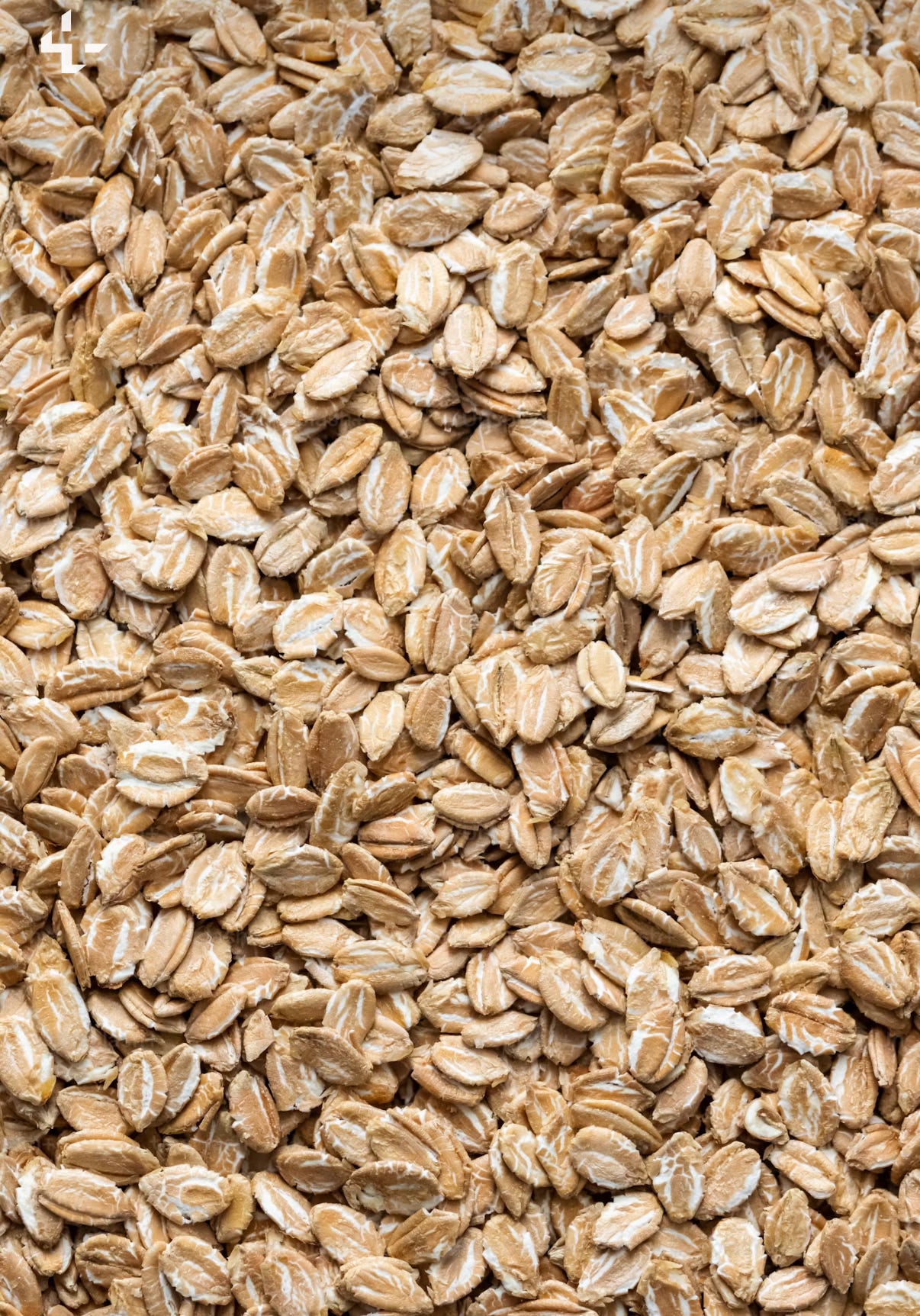
Avena sativa is your botanical name. Beautiful to say. Avena. Avena is an area in Italy where people must have been really good at growing you because that’s the name that stuck. Sativa is Latin for cultivation and specifically reserved for plants that are well-used and loved by the people. Chasmanthium latifolium is a similar plant, called Sea Oats and River Oats, basically they make up our wild oats. In your wild form, you have the reputation of being promiscuous, hence the phrase, “sowing your wild oats.” I find you so very attractive, blowing in the breeze.
Oats, I see you and I feel like you see me, too. You know the part of me that can expand easily into anxiety and you tend to it. I really appreciate your gifts on many levels, and thank you for sharing of yourself so graciously with humanity.
Love,
Mary Plantwalker
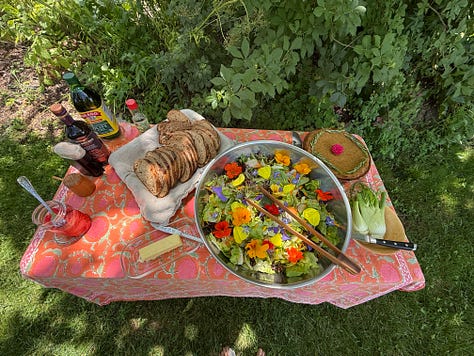
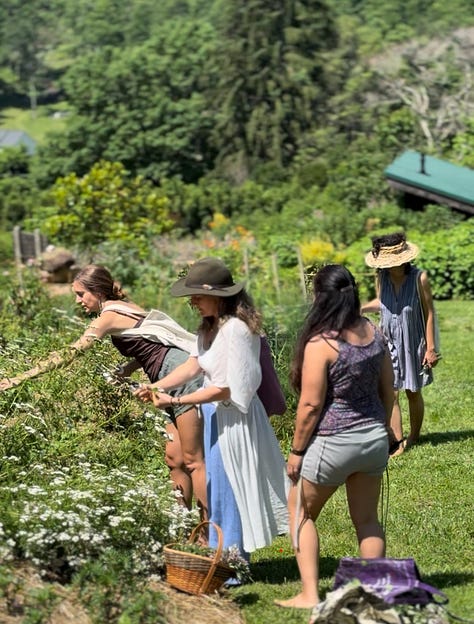
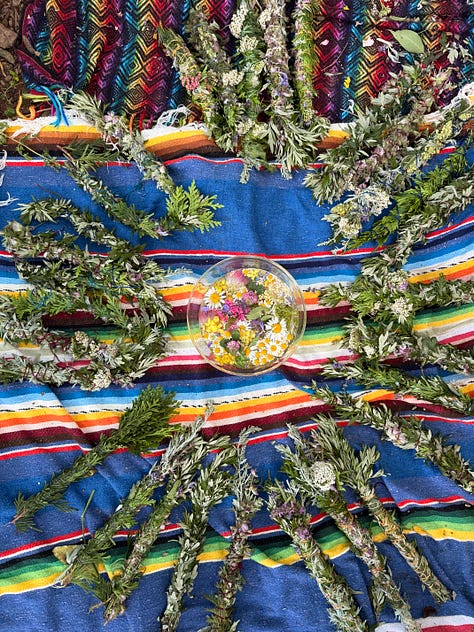
Weaving Community~
~Have you ever heard of the Center for Plant Conservation? It’s a very active organization that safeguards rare plants by advancing science-based conservation practices, connecting and empowering plant conservationists, and inspiring all to protect biodiversity for future generations. Right up my alley so of course I had to share their work with you!
~Daniela Perez of Women’s Earth Alliance just published a moving piece titled- When the climate crisis breaks your heart: moral injury and the power of women’s resilience. She addresses something that eats at me everyday- the distress that comes from living and working in ways that betray our deepest values, often because unjust systems leave us little choice. And she walks us thru tangible ways we can keep our spirits lifted to be resilient and not give up. Thank you, Daniela.
~Living in Earth, an online gathering through the Work That Reconnects, led by Anne Goodwin, will be held this Tuesday, June 24, 7-8:30pm EDT, sharing music poetry and practices for interconnectedness with the great web of life, if this calls to you.
~The 2025 Eat Something Wild Everyday Challenge

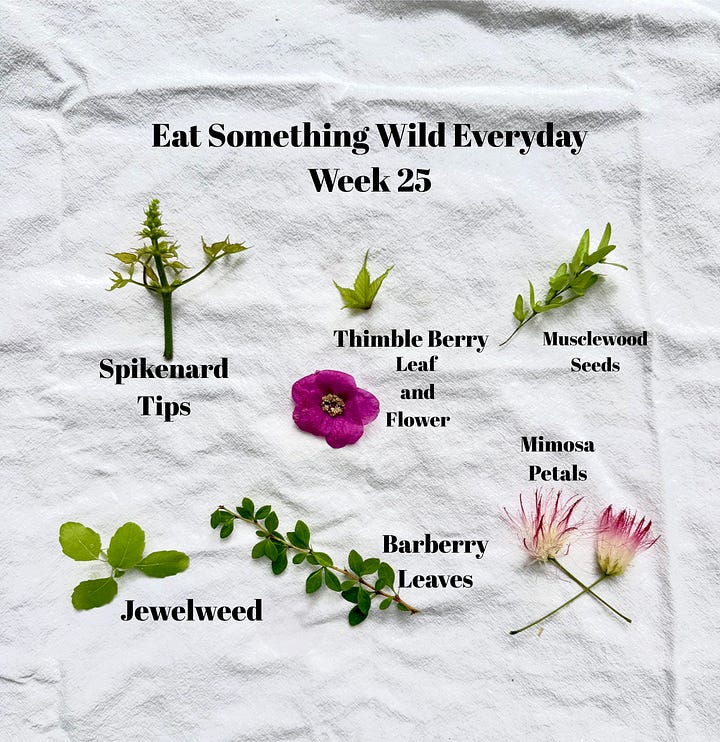
~If you are new to my Substack newsletter, you can hop on board the 2025 ‘eat something wild everyday’ challenge anyway. It’s a lifestyle practice; a habit builder; and free health insurance! Plus your relationship with the land and the seasons will inevitably deepen from this practice. All that is good stuff to start cultivating at any time!

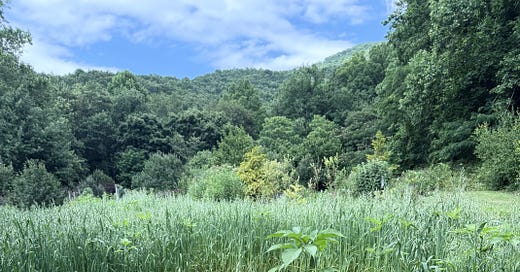



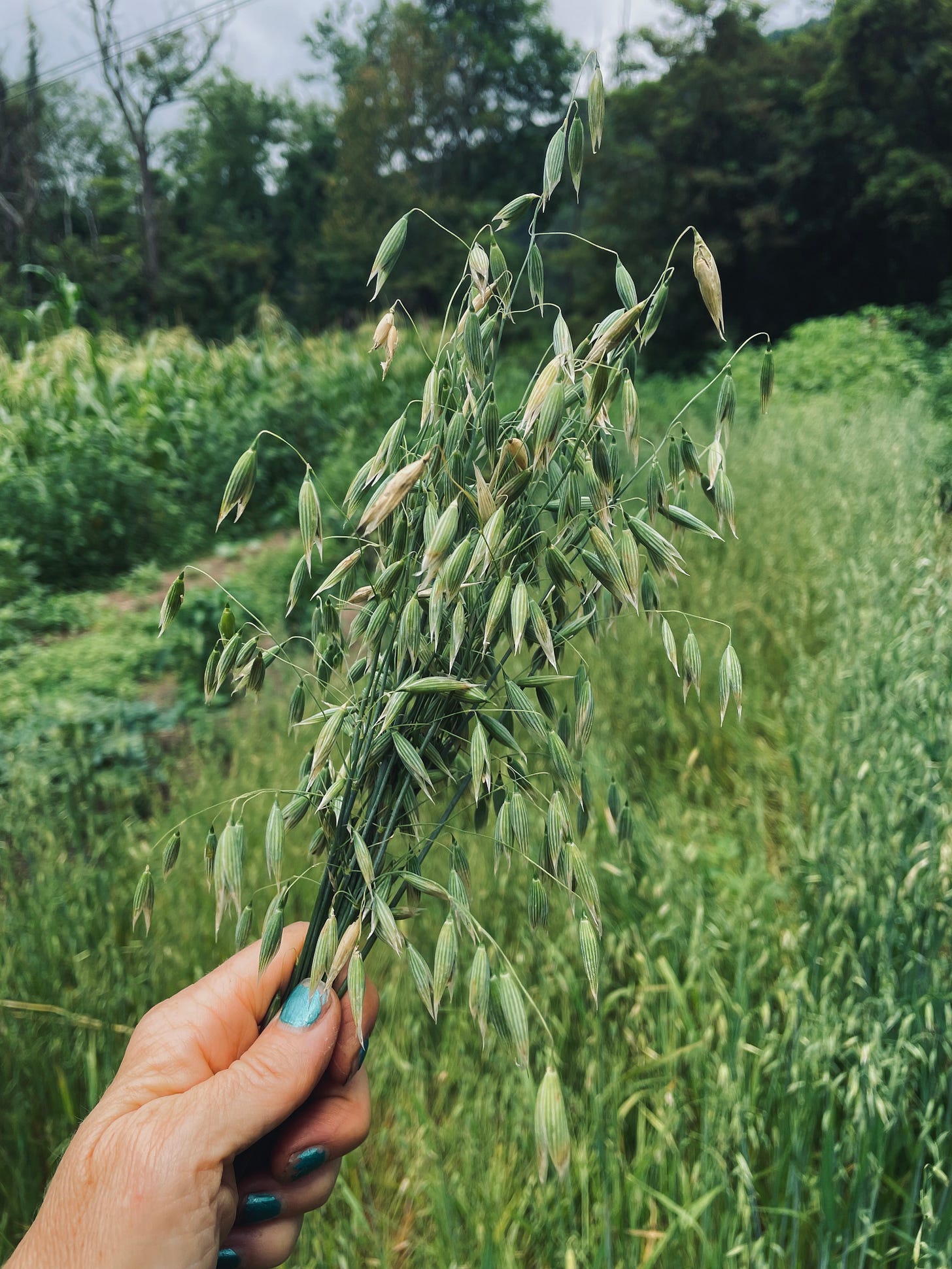
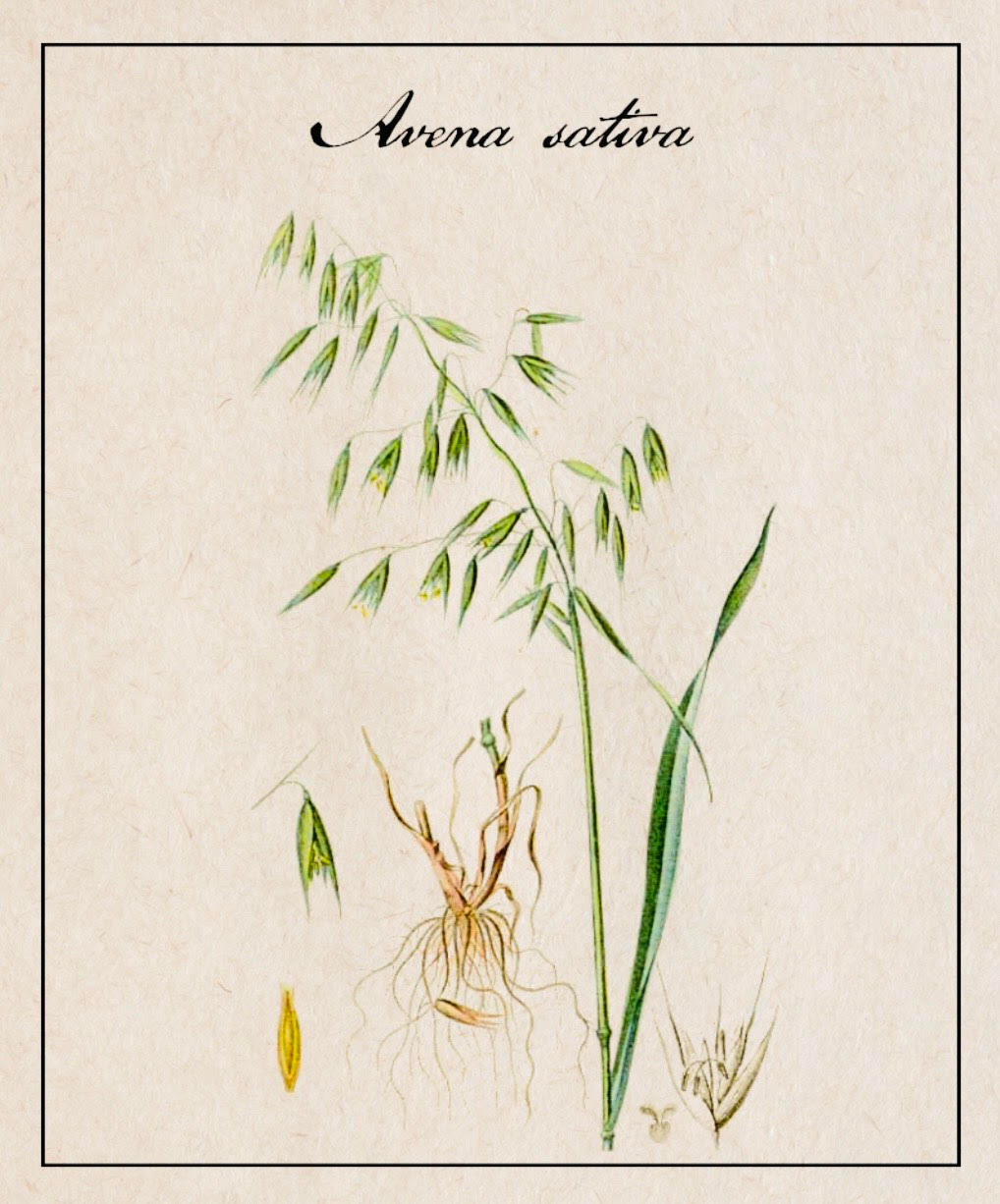
What you write each week improves my quality of life! I want you to know that.
One of my most beloved plant allies. Thank you so much for sharing.